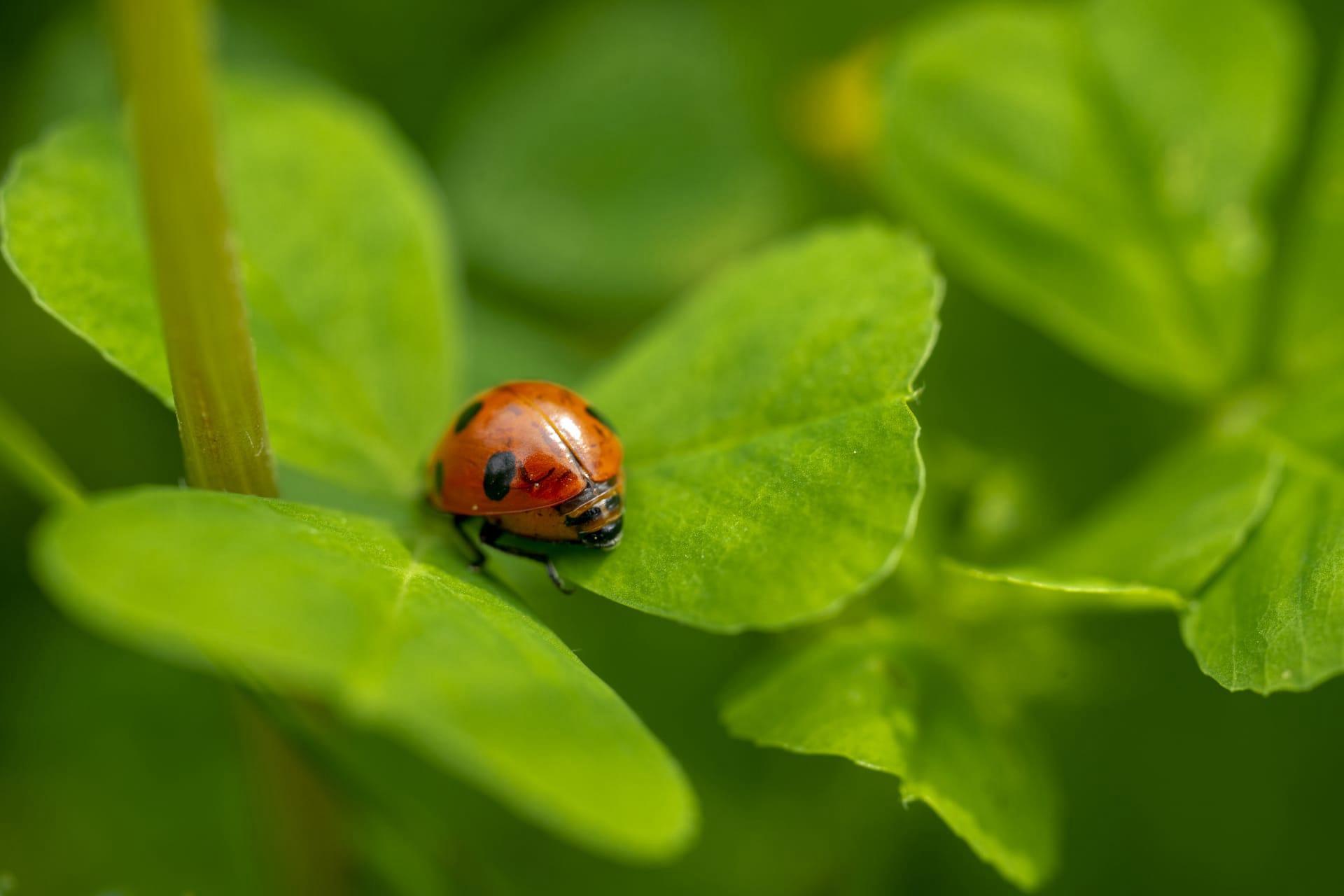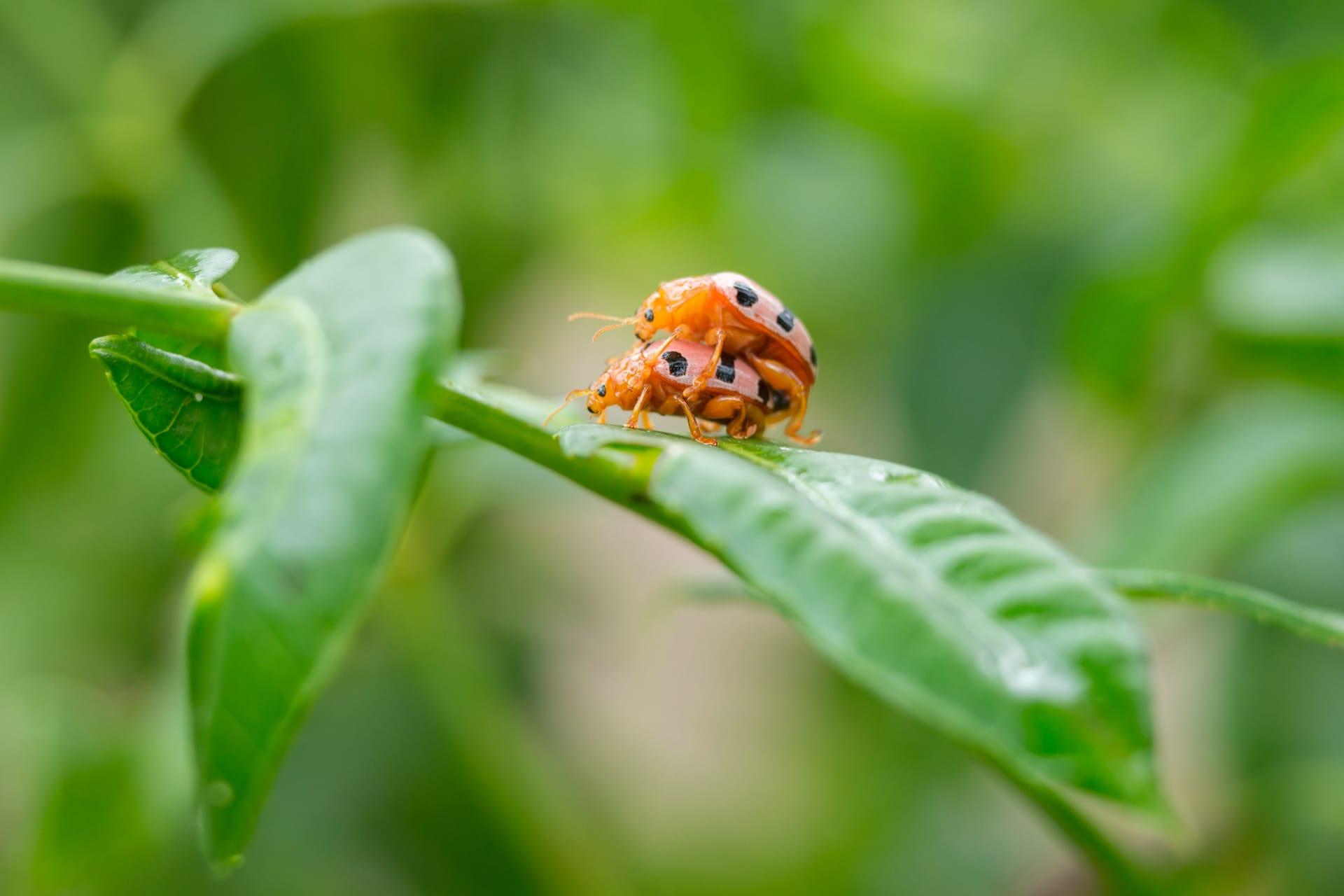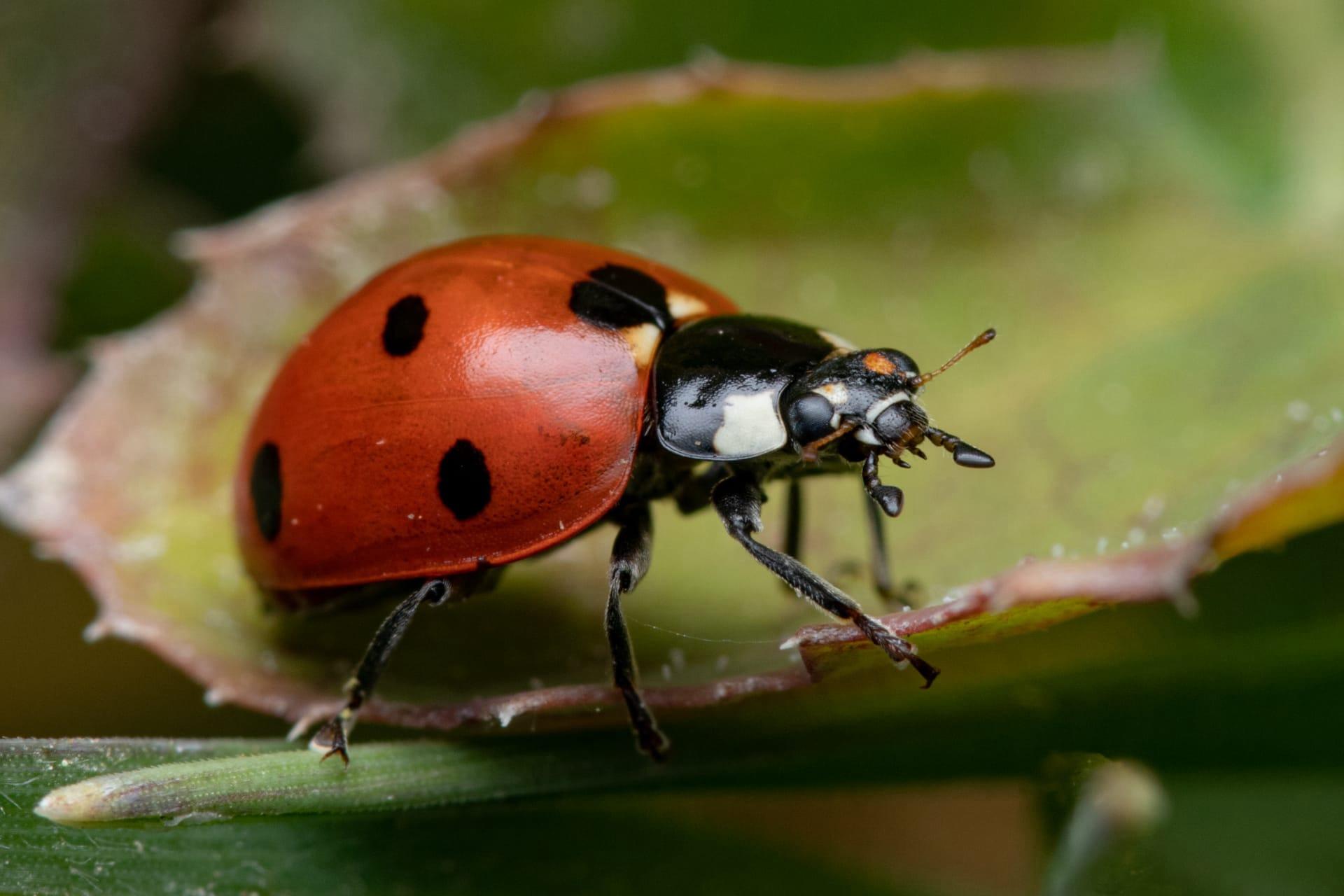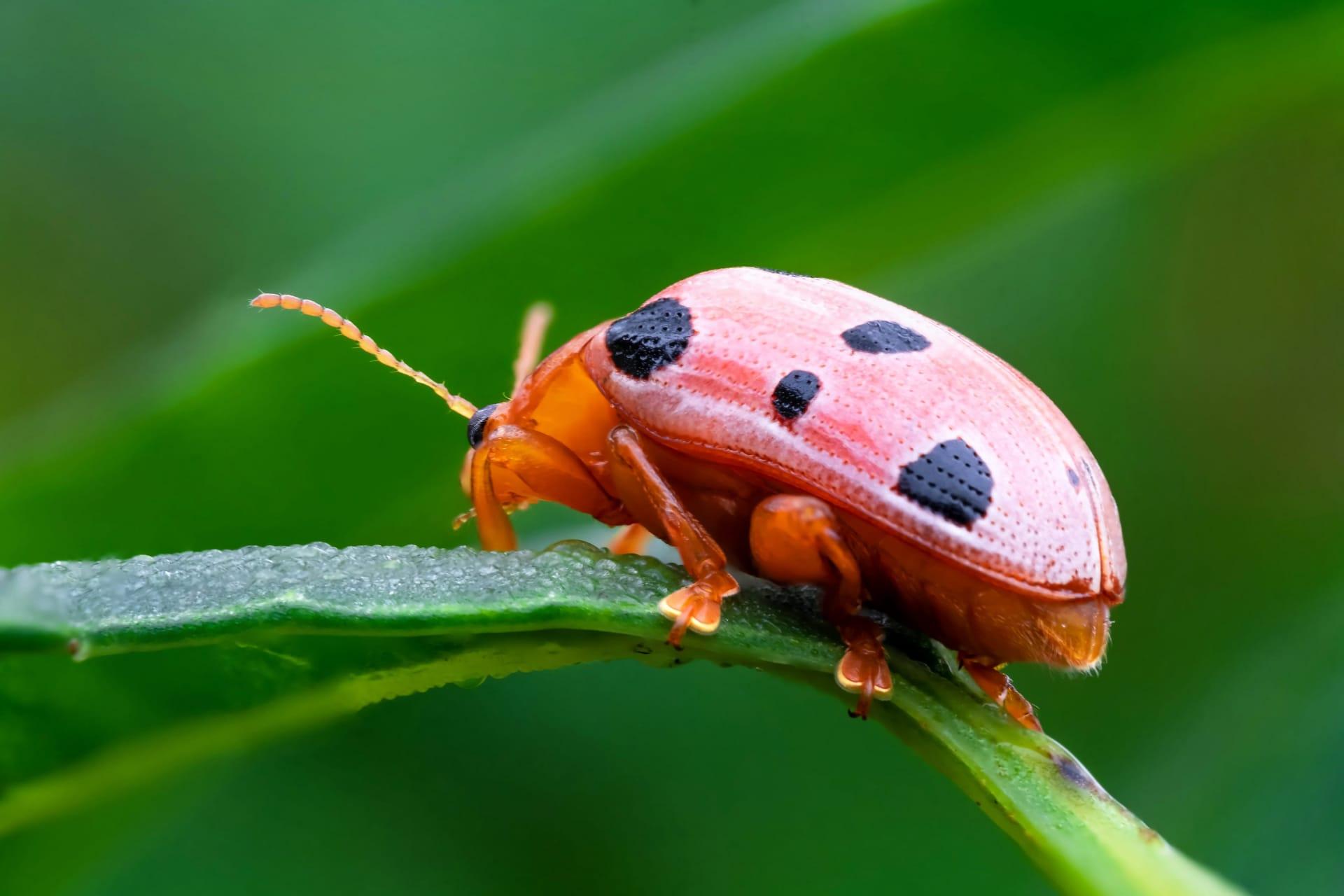1
Orange ladybugs, scientifically known as 'Halyzia sedecimguttata', are not just pretty faces in the bug world; they're also natural pest controllers. Each of these vibrant insects can eat about 50 aphids per day, making them a gardener's best friend. This appetite for pests helps maintain the balance in gardens and farms, reducing the need for chemical pesticides.
Interestingly, the orange color of these ladybugs isn't just for show. It serves as a warning to predators. The bright coloration is a form of aposematism, a biological term for the use of color to warn predators that an animal is toxic or unpalatable. When threatened, orange ladybugs exude a yellow fluid from their legs, which contains toxic alkaloids. This defense mechanism not only deters predators but also leaves a bitter taste, discouraging further attacks.

2
The lifecycle of the orange ladybug is fascinating. They undergo complete metamorphosis, meaning they have four distinct stages: egg, larva, pupa, and adult. The transformation from a tiny egg to an adult takes about 3 to 4 weeks. The eggs, usually laid on the underside of leaves, hatch into larvae that look nothing like their adult counterparts. These larvae are voracious eaters, feeding primarily on aphids and other soft-bodied insects.
Another intriguing aspect is their hibernation behavior. As the weather cools, orange ladybugs look for a cozy spot to spend the winter. They often gather in large groups in protected places like under tree bark or inside human homes. This communal hibernation helps them conserve heat and moisture, increasing their chances of survival through the cold months.

3
Orange ladybugs are not just orange; they exhibit a range of colors. While the most common hue is orange, their coloration can vary from a creamy yellow to a deep red. The number of spots can also vary, ranging from none to as many as 16. These spots and colors can change depending on factors like diet, habitat, and age, making each bug somewhat unique.
These ladybugs play a crucial role in their ecosystems beyond just pest control. They help in pollination. While they primarily feed on aphids and other small insects, they also consume pollen and nectar, particularly when their preferred prey is scarce. This dietary flexibility makes them incidental pollinators, contributing to the health and reproduction of various plant species.

4
Orange ladybugs have a fascinating adaptation to avoid inbreeding. They are equipped with pheromones that help them find mates from different genetic pools. This instinctive behavior ensures genetic diversity, which is crucial for the health and resilience of their population. The chemical cues guide them to potential mates, minimizing the risk of mating with close relatives.
Did you know that the population of orange ladybugs can be an indicator of environmental health? Scientists often monitor their numbers and health as bioindicators. A healthy population of these ladybugs suggests a balanced ecosystem with adequate food sources and low pollution levels. Conversely, a decline can signal environmental issues such as habitat loss, pesticide overuse, or climate change impacts.

5
Orange ladybugs are not just beneficial to the environment; they're also culturally significant in many societies. Often considered a symbol of good luck and prosperity, they're welcomed by gardeners and farmers. In some cultures, the appearance of a ladybug is thought to bring good weather, while in others, it's believed to be an omen of a bountiful harvest.
These insects are being studied for their potential in biological control programs. Due to their appetite for pests and their adaptability to various environments, scientists are exploring ways to utilize orange ladybugs in sustainable agriculture. By encouraging their presence in crops, farmers can reduce the reliance on harmful pesticides, fostering a more eco-friendly approach to pest management. This research holds promising implications for future agricultural practices and environmental conservation efforts.